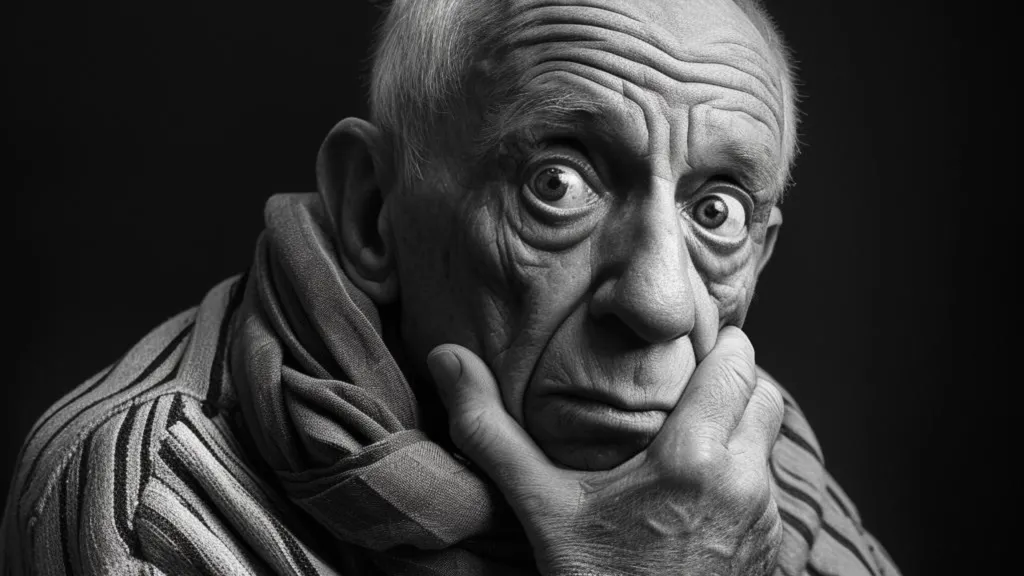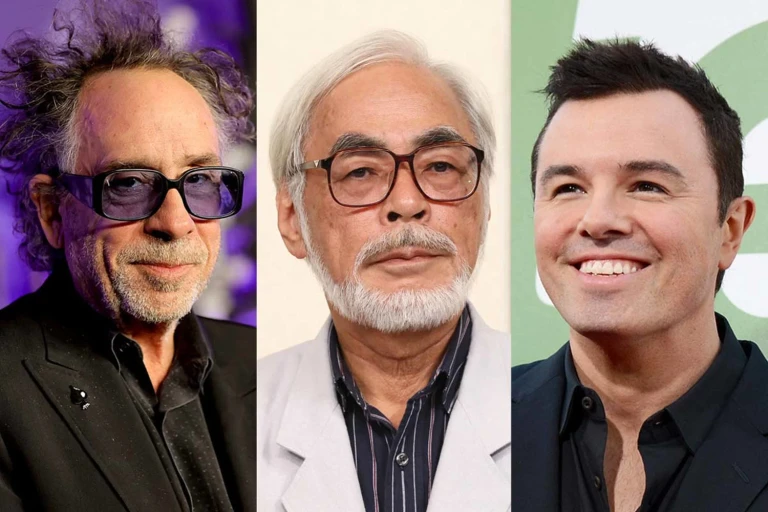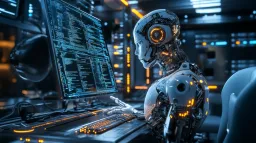Allegations Surface on Midjourney and other AI Firms Training Involving 16,000 Artists Without Consent

A viral list showcasing moree than sixteen thousand artists, including high-profile names like Norman Rockwell, Wes Anderson, Tim Burton, Pablo Picasso and Banksy, has surfaced. The "list", shared by artist Jon Lam, details those whose works were allegedly used to train a popular AI art generators including Midjourney, igniting a heated debate on the ethics and legality of AI in the realm of creative arts.
The Viral List and Its Implications
The list, initially part of a court exhibit in a lawsuit against AI firms such as Midjourney, Stability AI, DeviantArt and others have raised significant concerns over copyright infringement and the lack of consent from artists. These AI firms are accused of using the artwork to train their generative systems, a practice that many in the art community view as a violation of their rights and creative integrity.
The Scale of the Controversy

Spanning over 4,700 individuals, the list includes a wide range of creatives, from painters and cartoonists to filmmakers and animators. A supplementary spreadsheet, titled “Midjourney Style List,” was shared by some of the social media users that suggests an additional 16,000 “proposed additions,” further underscoring the scale of the issue.
Many artists, upon discovering their inclusion in the list, have expressed outrage, feeling that their work has been exploited without their permission. This has led to a class-action lawsuit, where plaintiffs argue that the AI-generated art, marketed as innovative, is built on the foundation of human creativity and expression, essentially appropriating their work without compensation or credit.
Read on: How to use the Google's art selfie 2
Midjourney, at the center of this controversy, has faced particular scrutiny. David Holz, the company's founder, reportedly admitted in a 2022 interview that the company did not seek consent from living artists or permission to use copyrighted work. This acknowledgment has fueled the ongoing debate about the ethical use of AI in creative processes.
This situation brings to light broader concerns about AI in the arts, particularly around issues of copyright, consent, and the impact on the livelihoods of artists. The case exemplifies a growing tension between technological advancement and the preservation of traditional artistic rights and values.
Read on: World’s first AI model trained on data from Nature
As the legal and ethical debates continue, this incident serves as a crucial moment for reevaluating the intersection of AI and art. It challenges the industry to find a balance between embracing technological innovation and respecting the rights and contributions of individual artists. The outcome of this controversy could set significant precedents for the future of AI in creative industries.









